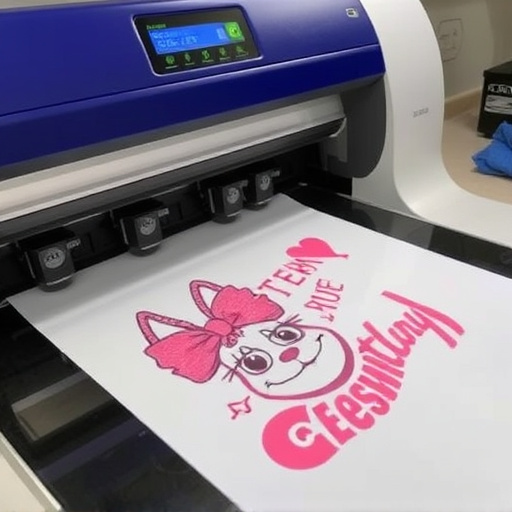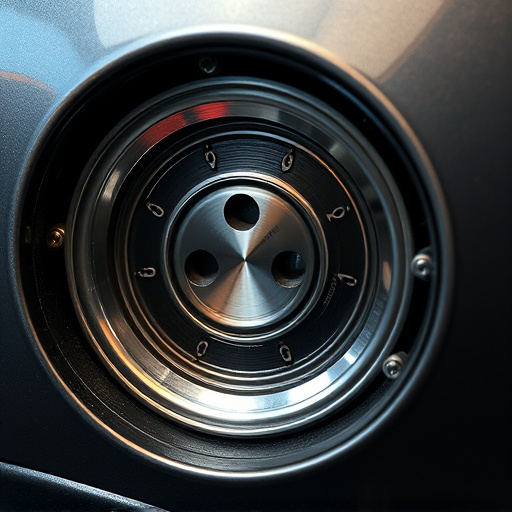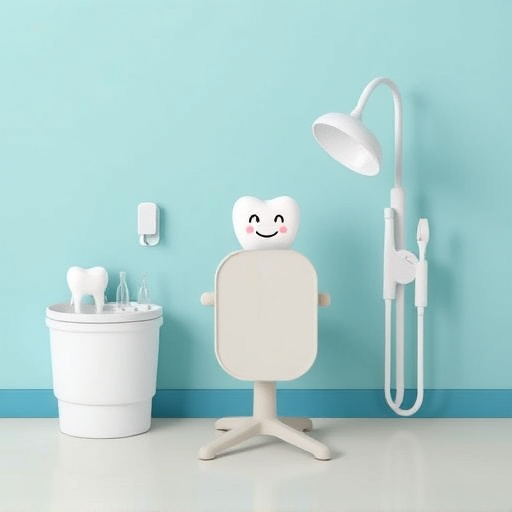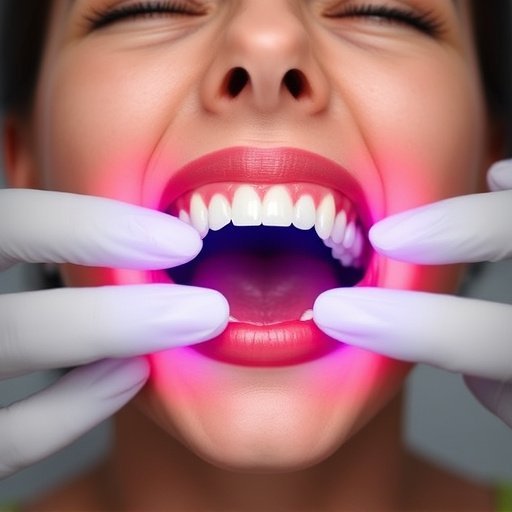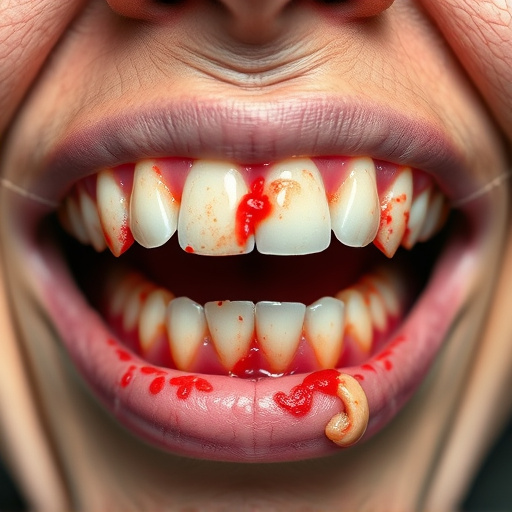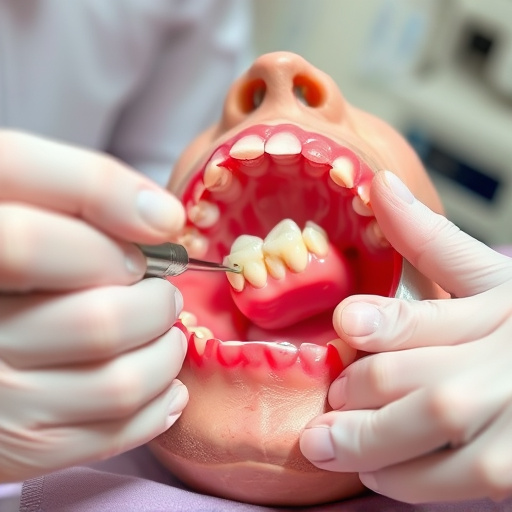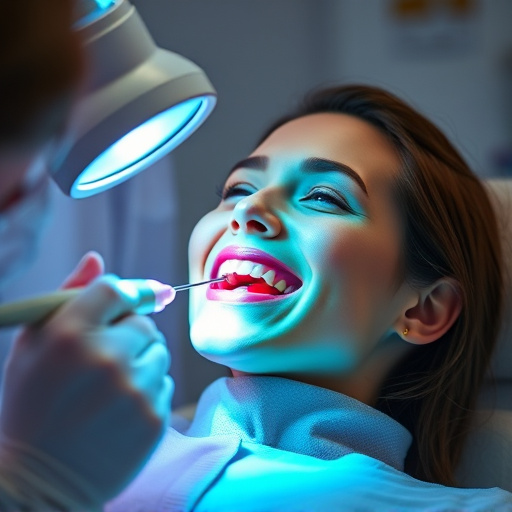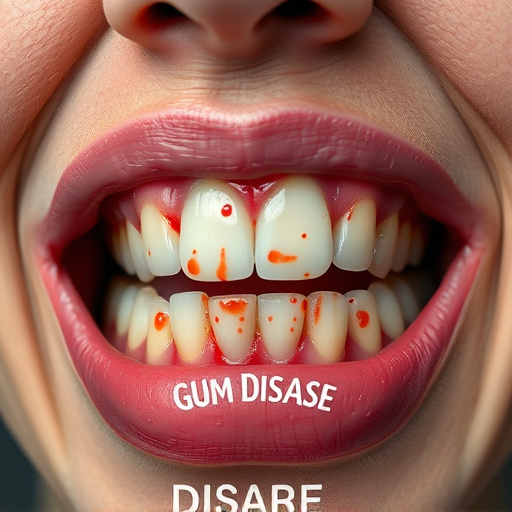Modern dental technology has revolutionized dentistry from ancient handcrafted tools to advanced materials and digital innovations. Local anesthesia, stainless steel, ceramics, and computer-aided design transformed procedures like fillings and bonding. Clear aligners, digital imaging, 3D printing, and laser dentistry have further improved care, enhancing diagnostics, patient safety, and satisfaction. These modern tools streamline treatments, prevent oral issues, and prioritize aesthetic appeal and long-term oral health outcomes.
In the realm of dentistry, modern dental technology has revolutionized patient care, making procedures faster, more comfortable, and highly efficient. However, a historical perspective reveals that traditional dental tools have evolved over centuries, setting the stage for these innovations. This article delves into the contrasting world of traditional and modern dental technologies, comparing their features, efficiency, and impact on patient experiences. From ancient instruments to cutting-edge equipment, discover how far we’ve come in maintaining oral health.
- Traditional Dental Tools: A Historical Perspective
- Modern Innovations in Dental Care
- Comparing Efficiency and Patient Experience
Traditional Dental Tools: A Historical Perspective
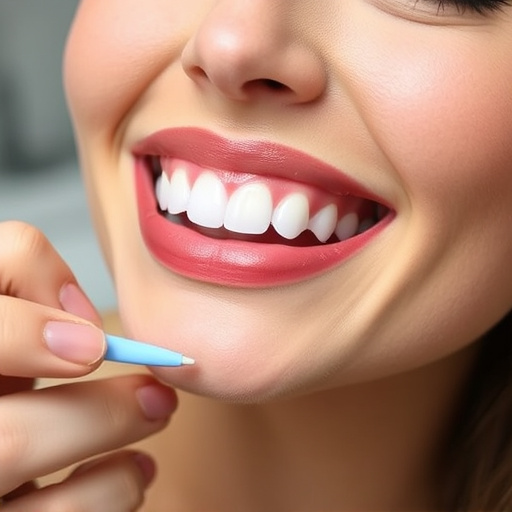
The tools and techniques employed in dentistry have evolved dramatically over centuries. Traditional dental tools, once handcrafted from materials like bronze and iron, marked the beginning of oral healthcare. These primitive instruments included roughen stones for smoothing tooth surfaces and crude drills made from sharpened twigs or metal. The introduction of local anesthesia in the 19th century was a game-changer, allowing dentists to perform procedures with less patient discomfort.
These historical milestones laid the groundwork for modern dental technology. Today’s tools offer precision and comfort unimaginable to their predecessors. Advanced materials like stainless steel and ceramics now dominate, enabling procedures such as dental fillings, bonding, and intricate restoratives. Digital innovations, including X-ray machines that use less radiation and computer-aided design for crowns and bridges, enhance accuracy and efficiency in comprehensive dental care.
Modern Innovations in Dental Care
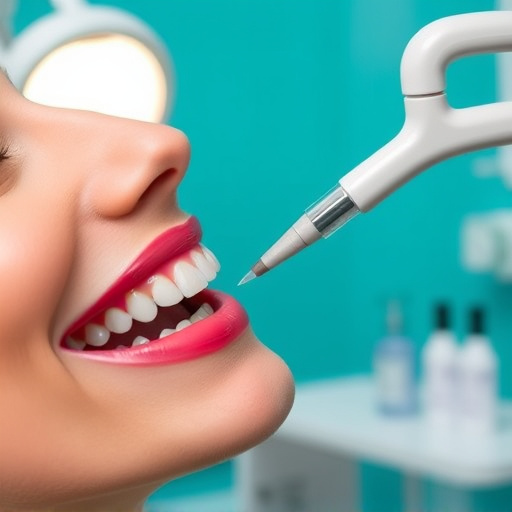
The field of dentistry has witnessed a remarkable evolution with modern dental technology, transforming the way care is delivered. Innovations such as clear aligners have revolutionized restorative dentistry, offering patients discreet and effective solutions for straightening teeth. These advanced tools allow for more precise treatment planning and improved patient comfort, aligning perfectly with the principles of preventive dentistry. By enabling early detection and intervention, modern technology plays a pivotal role in maintaining optimal oral health.
Furthermore, technological advancements have enhanced diagnostic capabilities, allowing dentists to catch even subtle issues earlier. Digital imaging, 3D printing, and laser dentistry are just a few examples that contribute to more accurate treatments and better outcomes. These modern dental technology features not only improve the efficiency of procedures but also promote patient safety and satisfaction, setting new standards in the dental care industry.
Comparing Efficiency and Patient Experience
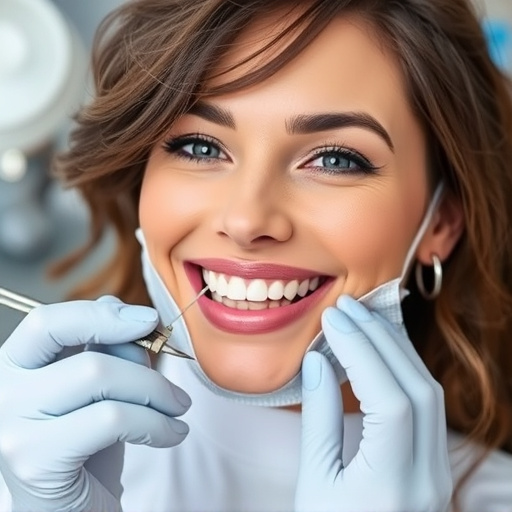
The shift from traditional to modern dental technology has brought about significant changes in how dental care is delivered, with a strong focus on enhancing efficiency and patient experience. Modern tools like clear aligners offer more precise and comfortable treatments for patients, compared to conventional braces. This advanced technology not only improves aesthetic appeal but also promotes better oral health by addressing misalignments effectively.
In terms of routine oral exams and dental cleanings, modern technology has streamlined these fundamental practices. Advanced equipment enables dentists to detect early signs of tooth decay or gum disease with greater accuracy, leading to more effective prevention strategies. Moreover, efficient cleaning techniques using modern tools ensure thorough removal of plaque and tartar, contributing to a healthier smile for patients in the long run.
In comparing traditional to modern dental technology, it’s evident that advancements have drastically improved efficiency and patient experiences. Modern innovations like digital imaging, laser dentistry, and computer-aided design (CAD) not only enhance precision but also streamline treatments. These developments contribute to faster recovery times, reduced discomfort, and more aesthetically pleasing results. As we move forward, embracing modern dental technology promises to revolutionize oral care further, making it more accessible, comfortable, and effective for patients worldwide.




